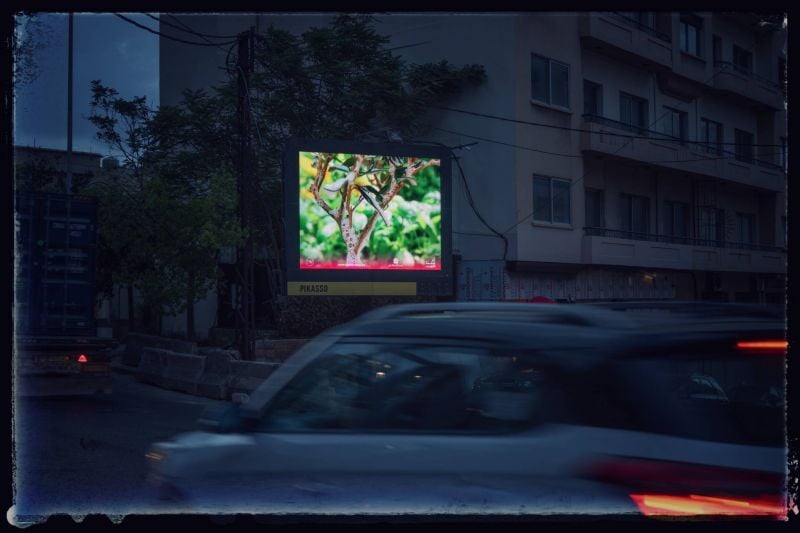
Artist Dalia Baassiri's artwork will occupy the Charles Helou Highway billboard until June 7. (Credit: Tamara Saade)
On the fair evening of Friday, May 24, some 30 people convened from Lebanon’s art scene around a pink neon “TAP” sign in an alley near Beirut’s Charles Helou Highway. The flickering round sign backdropped the smoggy capital’s dusk in front of Makhlouf restaurant. The air smelled of fresh saj sandwiches with an undertone of car exhaust from the highway.
Attendees donned a kaleidoscope of trendy clothing and sporadically paused their conversations to sneak peeks at the wall where a short film was being projected, something like an arthouse black-and-white reel of Beirut’s billboards. Some discussed their upcoming art projects, others talked about their everyday lives. It’s amusing how both could sound the same from silver-tongued artists.
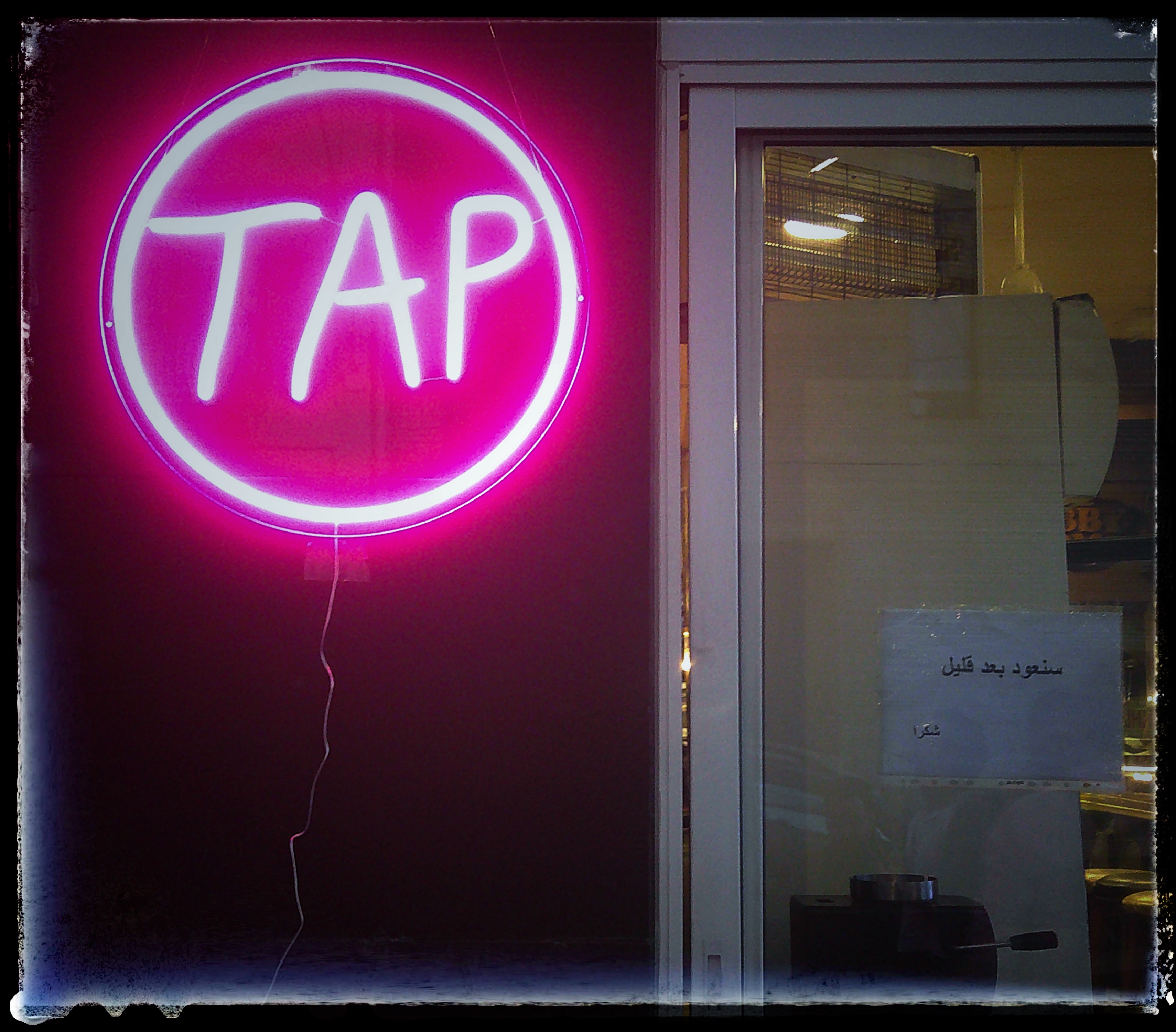 TAP's sign lit the launch event for its billboard project "In the blink of an eye" in front of Makhlouf restaurant near the Charles Helou Highway. (Credit: Yara Malka)
TAP's sign lit the launch event for its billboard project "In the blink of an eye" in front of Makhlouf restaurant near the Charles Helou Highway. (Credit: Yara Malka)
Beirut billboards: Image to structure
Temporary Art Platform (TAP), a nonprofit organization committed to supporting contemporary art that affects social change, has launched a project to reimagine how we use billboards as visual communication. The organization recognized that Beirut is a visually cluttered city; Beirut’s highways, alleys and street corners are saturated with double-sided billboard signs designed to (not so) inconspicuously entice people passing by to purchase the newest product or lifestyle.
Other spaces – like every major intersection, building façade, electric pole and out-of-order telephone booth – have also become blank canvases for marketing one thing or another.
Some may be interpreted as parodies, painfully jarring in their attempts to capitalize on the volatile sociopolitical and financial qualms the Lebanese face today. Luxury travel, second passports, sectarian posters, plastic surgery and the season’s hottest deals: A kind of “get your crisis fix, now on sale!”
According to TAP, the billboard’s role as an “image” eroded in the aftermath of the 2019 economic crisis. As purchasing power and the Lira’s value rapidly declined, the billboard transformed into a “structure” that reflected the collapse of advertisement due to the financial crisis and wider socioeconomic decay. There was scant space to wax poetic to a market whose consumption waned.
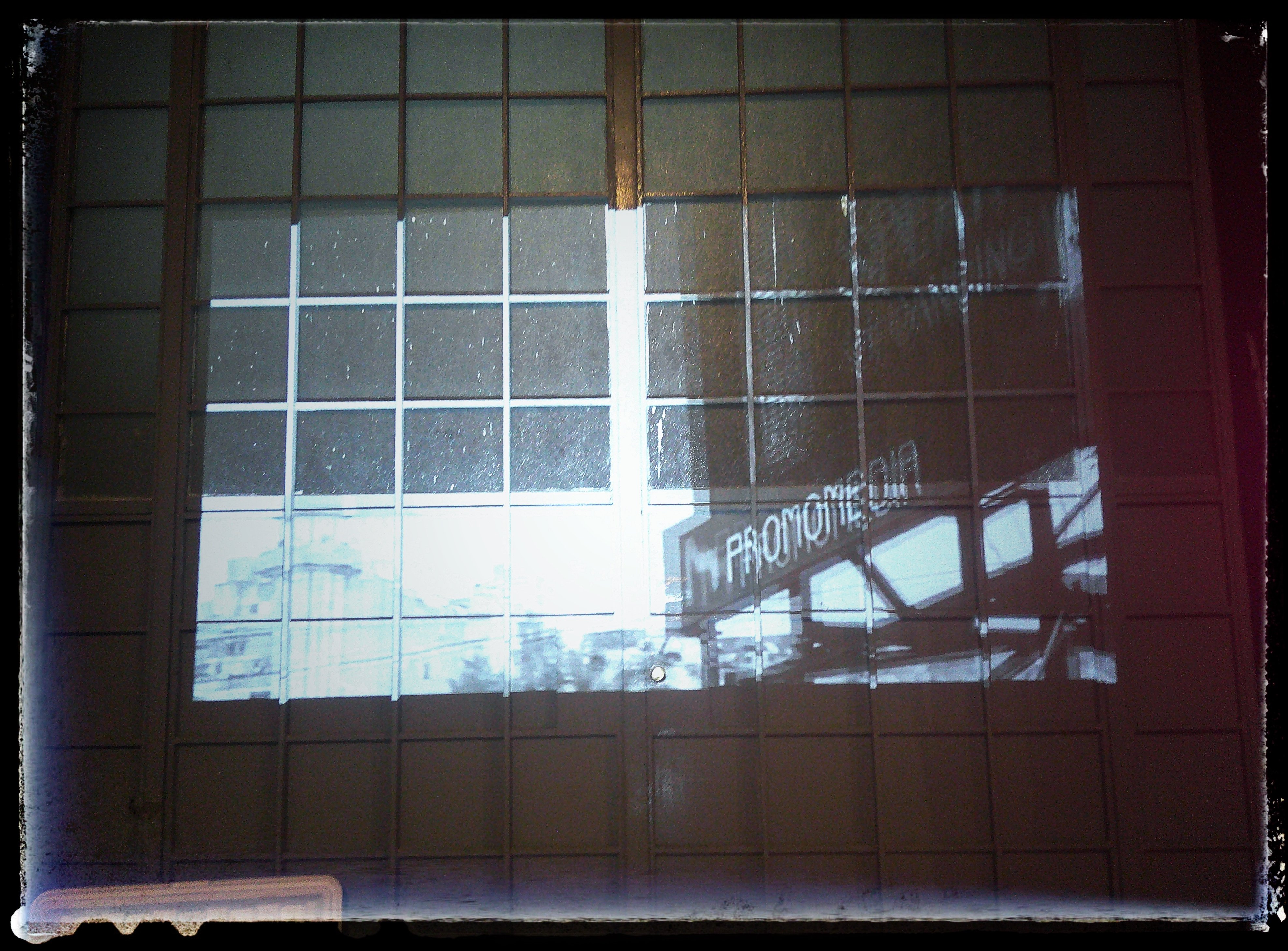 Digital reel of several Beirut billboards projected on the wall at the launching event set the tone for the project "In the blink of an eye" reveal. (Credit: Yara Malka)
Digital reel of several Beirut billboards projected on the wall at the launching event set the tone for the project "In the blink of an eye" reveal. (Credit: Yara Malka)
The abrupt pause of advertising images on large billboards was tainted with disappointment, an admission of defeat and a reflection of a loss of desire. Since 2021, image, iconography and representation have expired in contiguity with a failed state.
A few types of images outlived this failure, according to TAP. During the Oct. 17, 2019 uprising, billboards became a buttress for civil and public outcry, through spontaneous artistic interventions that criticized the public and private sectors.
Many other public structures became new canvases for people to express themselves politically during the Oct. 17 uprising: The Egg (an incomplete cinema building in Beirut whose construction was halted by the outbreak of the Lebanese Civil War in 1975, now a landmark), the Martyr’s Square statue, major city roundabouts and others. Protestors had reclaimed these once benign spaces by holding demonstrations, talks, film screenings and other activities open to the public.
TAP responds in the blink of an eye
In January 2024, TAP conceptualized a project to reinvigorate the use of billboards as vehicles for artists to express themselves and invoke Lebanon's current context. It has collaborated with 10 visual artists to create a series of billboards to subvert their usual use: The advertisement. It aims to provide contemporary artists an outlet beyond their studios or closed working spaces.
“There were instances when artworks have been displayed in public settings. However, we are more interested in asking artists to think critically about what it means to practice art in public: With and around the audience for whom the work has been created and to allow the work to be molded and mediated by the audience’s experience,” TAP said in a statement.
As part of this latest initiative “In the blink of an eye,” 10 works will be displayed on billboards around Beirut over the summer by artists Annabel Daou, Basile Ghosn, Dalia Baassiri, Dia Mrad, Mahmoud El Safadi, Nathalie Harb, Randa Mirza, Renoz, Tamara Kalo and Yasmina Hilal.
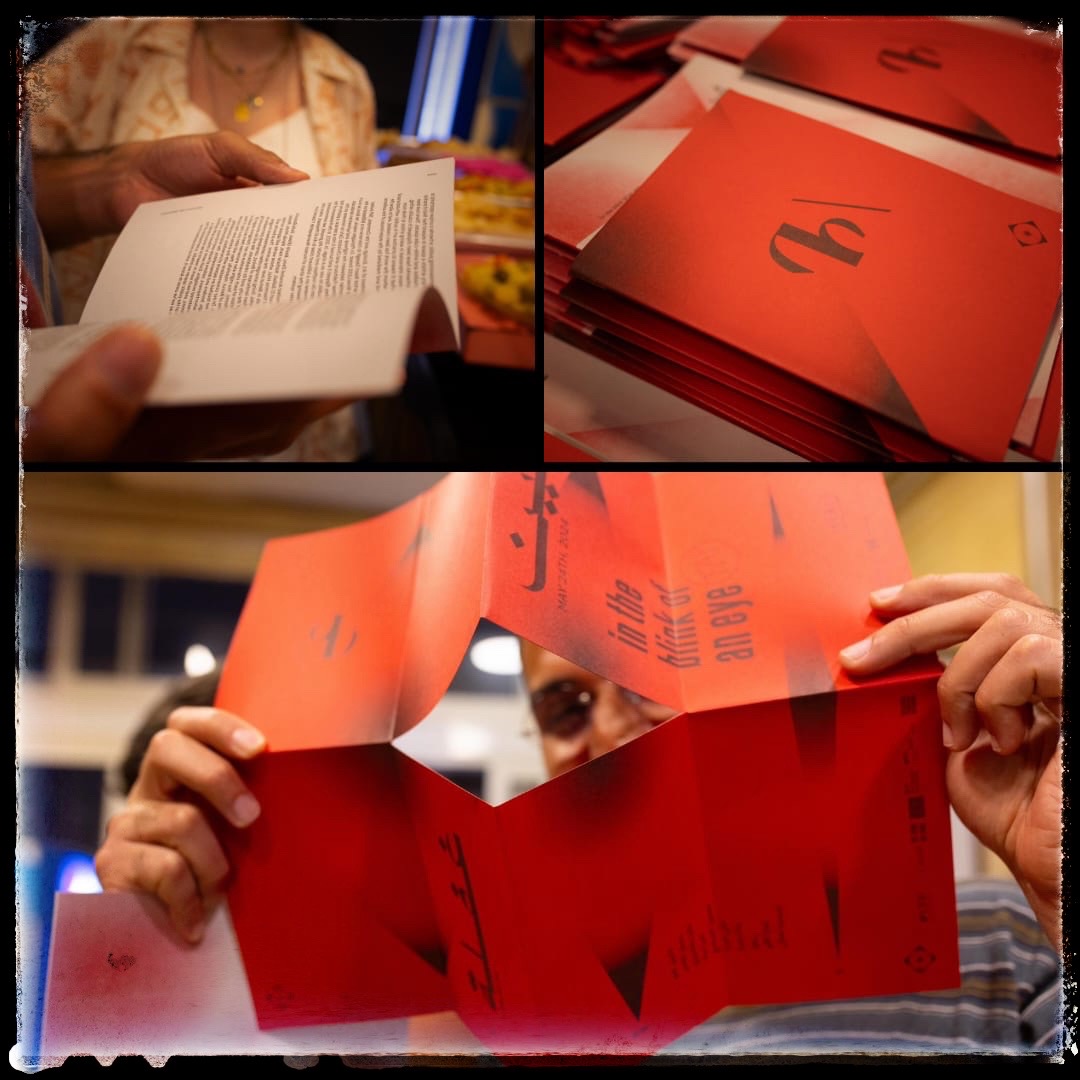 Artists perusing the "In the blink of an eye" publication, which includes artwork descriptions and interventions by writers and curators.
Artists perusing the "In the blink of an eye" publication, which includes artwork descriptions and interventions by writers and curators.
The billboards will, each for two weeks, “live amongst other advertisement images, infiltrating the urban landscape of Beirut, completely permeable to the experience of the city and its inhabitants,” the statement added.
TAP will announce the date and location of every billboard on its Instagram page. It hopes that this will attract passersby’s attention on their route. “In our conversations with the artists over three months, we touched on immediacy, vulnerability, language use, borders and demarcations, the relationship to the city, the advertisement world, notions of scale and intimacy, urban landscape and threatened ecologies,” TAP explained.
“Each work is imbued with political and social undertones … as an occupation of urban structure,” it added.
‘Our heritage … It’s just burning as we speak’
On the launch night of TAP’s project, artists gathered as the sun set slowly, making the digital reel of Beirut’s billboards projected on the wall clearer. The TAP sign made everything look glimmering pink in the camera flashes.
Artist Dalia Baassiri led everyone towards the billboard by the highway, right up the alley from the restaurant. Streetlights lined the uphill street. It's doubtful these stay on all night, lighting drivers’ paths home after Lebanon’s power supply has dissipated. Billboards surely do though.
Baassiri took center stage facing the billboard and introduced her 10-second creation (how long does it take to blink?) as it played behind her.
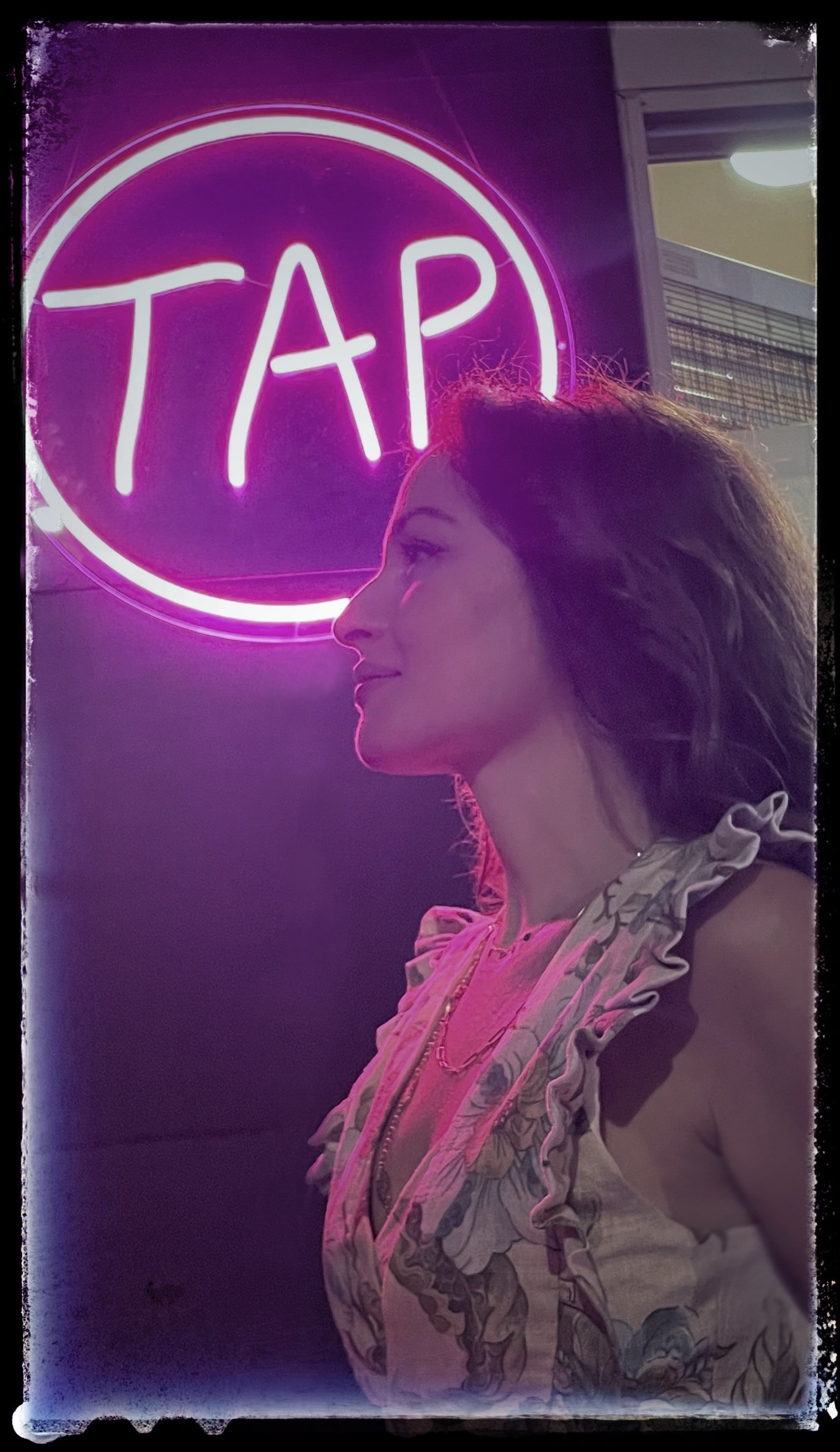 Artist Dalia Baassiri in neon pink. (Credit: Yara Malka)
Artist Dalia Baassiri in neon pink. (Credit: Yara Malka)
“I was asked to think of something that reflects what’s going on today. Well, while we’re talking, there’s a war happening in the south [of Lebanon], and it’s crazy. I thought of the olive trees. Sixty thousand olive trees have been burnt [as of April 22], and [counting]. I have these official figures,” Baassiri began.
“It’s our heritage, our economy … It’s everything, and it’s just burning as we speak. It’s a lot to digest,” she added with her head in her hands.
“As an artist, in my practice, I perform the act of cleaning as an act of love. I feel like if I clean a human being, a baby, a car or anything, it’s an act of touching, of making an intimate interaction,” the artist explained.
“This is a tiny olive tree, a baby; it needs care. I did not harm it, of course, this is an olive oil-based, organic soap. It’s just a gentle moment I’m injecting into this bulletin city,” she clarified and pointed to the highway.
“This city is polluted. This includes what we’re going through as humans in Lebanon. The wars that have been going on for years left such huge amounts of dust that I don’t know if we can ever clean it. I say this metaphorically and literally. That’s my big question: Is Beirut a city we can clean?” Baassiri posited.
“If the drivers see my video, I want them to think about what they want to clean in themselves, more than just the physical act,” she concluded before she motioned to the screen above her.
⚠️ Spoiler alert ⚠️: Can you wash away an olive tree’s pain?
After Baassiri introduced her creation to the crowd, many retrieved their devices to capture the whimsical, surreal video on the billboard: A couple of soapy hands gently polishing a wet, foamy branchlet of a little olive tree.
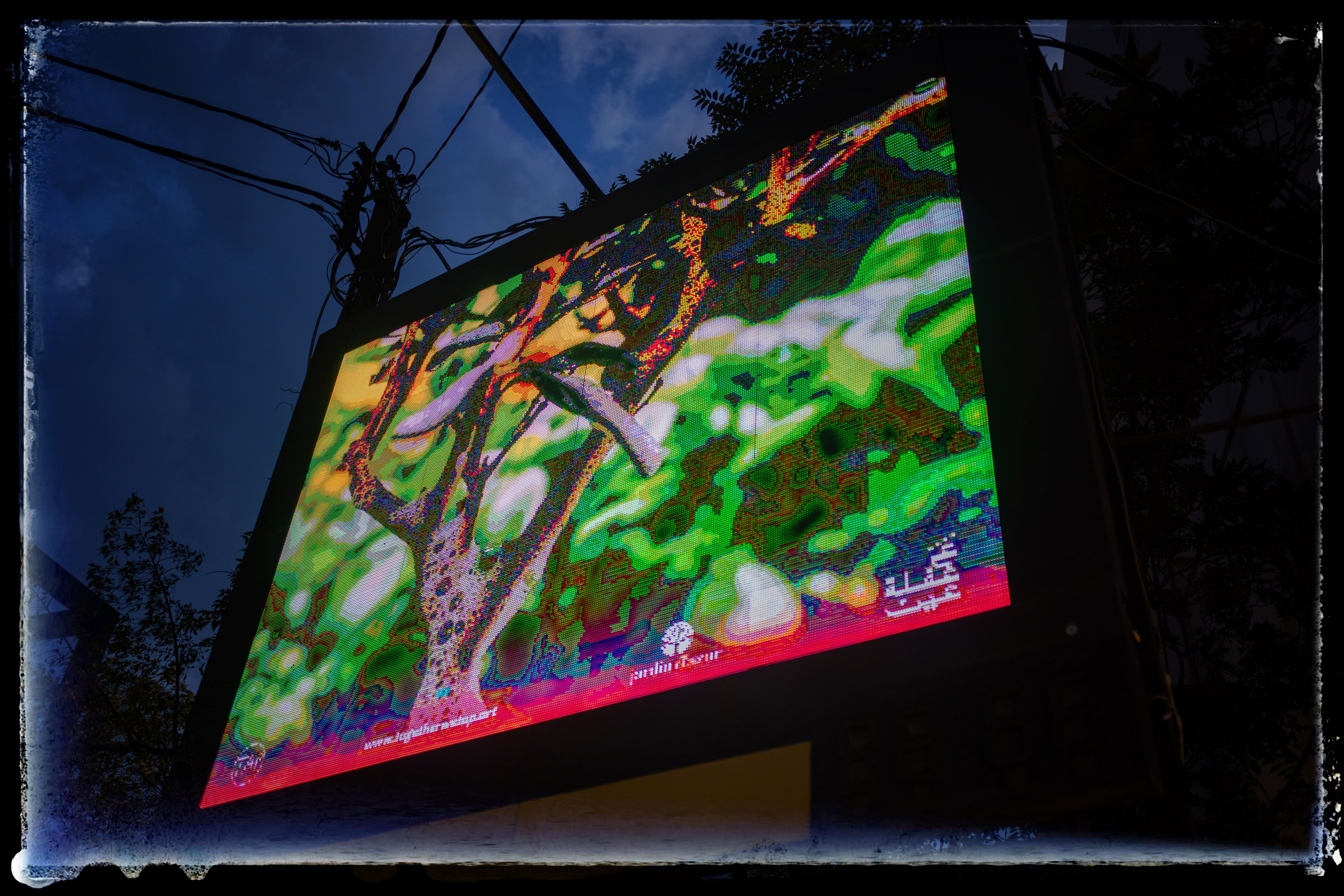 Artist Dalia Baassiri's creation on the Charles Helou Highway billboard. (Credit: Tamara Saade)
Artist Dalia Baassiri's creation on the Charles Helou Highway billboard. (Credit: Tamara Saade)
“I don’t know what’ll happen when people see this. But I want them to feel the ambiguity of hands, a tree and soap. Because you don’t wash a tree. It’s a small entity, and the hands in the video are very gentle. They’re not shaking it. The whole language is love,” she said.
“I’m hoping that if they look at their hands while driving and think of soap … What do they want to wash? It’s just 10 seconds. It’s about more than being hygienic. For example, when we wash, when we shower, energies and religions tell us to wash everything away in the process,” she added.
“Symbolically, they tell us, for example, if you hate someone, wash that hate away. If you fear something, wash that fear away,” Baassiri concluded.
The Lebanese visual artist is fascinated with domestic materials, like dust, foam and soap. Her homemade creations often breed new dialogue about ordinary things. Baassiri grew up during the Lebanese Civil War and her interdisciplinary creations unpack a life in the throes of relentless political turmoil. She practices painting, drawing, sculpting and other fine arts to weave her crafty artistic universe.
A soap for ecocide?
Driving on the dark and nearly empty highway, seeing the unusual display may make one feel the soap suds on their body. Then, echoing Baassiri’s words, it could almost seep into one’s pores before sinking deeper into the spirit.
It is reminiscent of the un-washable layers of simmering struggle buried deep in people’s psyches and how that reflects on their ecosystem. However, even in an idyllic world, where soap can cleanse a tree and a human soul of trauma, it’s difficult to imagine what could possibly wash Israel’s hands of irreversible ecocide.
Baassiri’s thought-provoking work will occupy the Charles Helou billboard until Friday. Keep your eyes peeled for the next installation!
Disclaimer: Eyes on the road, though.
*"In the blink of an eye" was co-curated by Nour Osseiran and Jad Karam. Curatorial assistant Iona Stewart.

